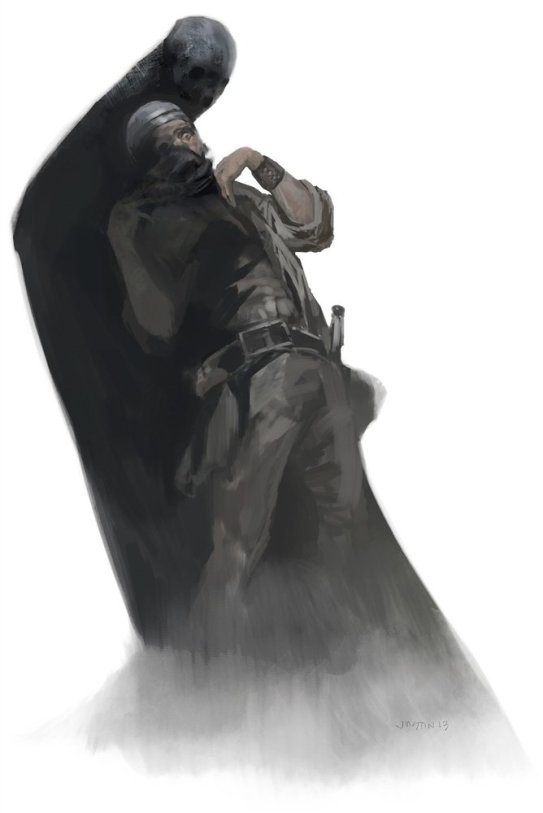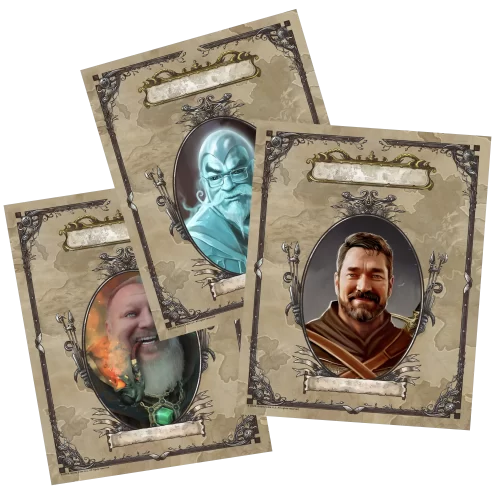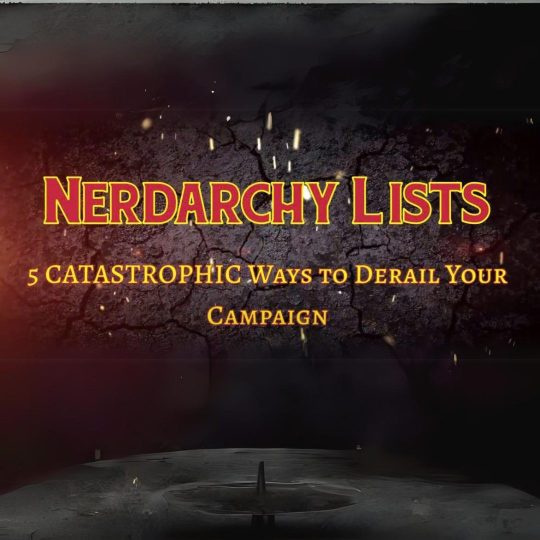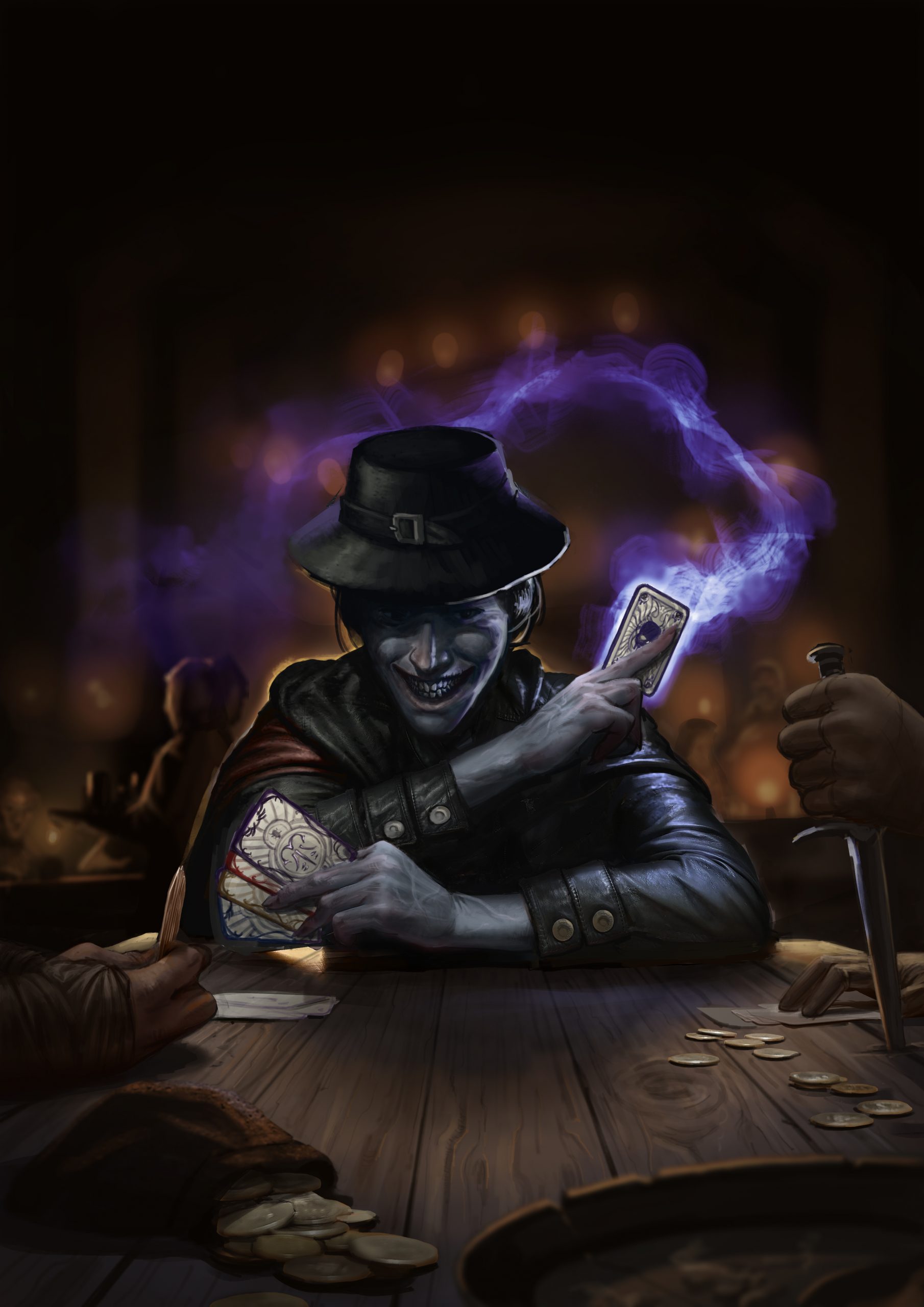D&D Ideas — Shadow
Hello! Each week in the Nerdarchy Newsletter, we send updates and announcements along with some ideas that didn’t make it into a video. Signing up for the newsletter gives you access to the Nerdarchy ringtone, instructions on how to get a chance to game with us, and makes you a 1st-level Nerdarchist. So that’s cool. For those who aren’t interested in the newsletter, but still curious about some of these off camera ideas, enjoy.

The fifth edition Dungeons & Dragons Dungeon Master’s Guide describes “The Shadowfell, also called the Plane of Shadow, is a dimension of black, gray, and white where most other color has been leached from everything. It is a place of darkness that hates the light, where the sky is a black vault with neither sun nor stars.” [Image courtesy Wizards of the Coast]
Well met travelers of the internet. This week’s theme for your D&D game is shadow, from inspiration to magical flower to monster we’ve got you covered.
From Nerdarchist Dave’s Desk
There are places where the planes of Dungeons & Dragons meet and create infusions of the two planes. In the case of the demiplane of shadow and the prime material can cause animals, plants, soil, and other things to be empowered with the power of shadow.
Here is an example for your D&D game:
Shadow lily, a beautiful flower of pale white, ghostly grays, and blacks, and reaches a height of 3 to 5 feet tall. The flower, which only blooms at night, can be as large in diameter as it is tall. It’s uncommon to find more than a single flower growing in a place. On rare occasions as many a half dozen flowers have been reported.
Legend tells of those who have learned to harvest shadow-enriched soil. With this soil, golden shears, and the proper knowledge one could continue growing shadow lilies. Taking clippings can only be done with golden shears.
If you harvest the flower during the witching hour and then properly dry it out, the shadow lilly becomes a powerful spell component. There are several advantages to using shadow lily when casting necromancy spells.
-
It replaces any costly spell casting components, but is consumed in the casting.
-
When casting a damaging spell roll two sets of dice and keep the one you want.
-
Anyone brought back from the dead using shadow lily come back temporarily infused with necrotic energy. They are revived with full hit points and under the effect of an aid spell cast at the same level of the resurrection magic used.
From Nerdarchist Ted’s Desk
1. partial darkness or obscurity within a part of space from which rays from a source of light are cut off by an interposed opaque body; 2. an imitation of something; 3. a reflected image.
- Shadows get to hide objects or creatures from sight. So if you describe in detail what your party is seeing and gloss over the obscured part, the ambush in waiting has a better chance of not being seen. It would rely on their passive Perception or the choice to examine further to find the hidden mystery that might be in the room. Thus, the players who are buying into the game and willing to explore are rewarded
- An imitation or a copy, might not fully be referring to our typical definition of shadow, but what if a magical effect or a crazy wizard had an effect that made duplicates of the player characters and the PCs were being accused of something they did not do. But in fact they did not do it but it was a the copy. Let the craziness and roleplaying ensue.
- All right here is a fun one. There are not enough puzzle resources out there for Game Masters and not all of us GMs are the best at making puzzles that are properly challenging to veteran players out there. But what if you made a puzzle that involved candles and make it look like the light is supposed to shine on an object when in fact the solution is to cast the shadow. If you are doing an arcane puzzle you could use a particular hand gesture of an iconic spell. Maybe even have clues in pictures about a wizard using that spell. Make sure you select one the player character with access to the spell. If it is a religious puzzle have a cleric presenting his holy symbol. These clues would make it look like they had to cast the spell or use Channel Divinity when all that had to do was light the candle and present the right image to make the shadow.
From the Nerditor’s Desk

A shadow as seen in the fifth edition Dungeons & Dragons Basic Rules. [Image courtesy Wizards of the Coast]
“If a creature from which a shadow has been created somehow returns to life, its undead shadow senses the return. The shadow might seek its “parent” to vex or slay. Whether the shadow pursues its living counterpart, the creature that birthed the shadow no longer casts one until the monster is destroyed.”









Pingback: Explore the Darkest Shadows of D&D at Your Peril – Nerdarchy
September 1, 2022 at 10:30 amPingback: D&D Ideas — Races – Nerdarchy
September 26, 2022 at 10:48 am